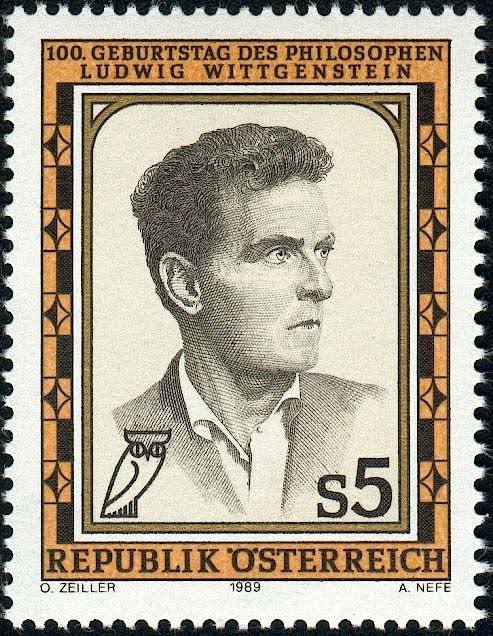The divide between theory and practice is illusory.
I don't mean to say that there are no such distinct categories as 'theory' and 'practice'. Rather, the distinction between theory and practice is not as clear as common wisdom has it. Moreover, a sharp division between the two is a convenient illusion that is maintained for intellectual comfort.
I say this because I believe that most of those who profess to have a practical approach simply wish to do things the way they have always done them, without subjecting it to questioning and critique. They like to interact with and learn about the world as it readily appears to them. Anything else strikes them as pointless and uninteresting.
This lack of reflexivity should obviously be unsettling to anyone who values learning. But where does theory come in? Why is it necessary?
Once we go beyond the perceptually apparent, thinking in abstraction becomes our only recourse. This doesn't mean we take leave of the real world and wander into a fantastic realm. Within abstract thought referents may still be present that ground theory in the real world. Theory should begin and end in reality.
This brings us to the concept of praxis, which is the living of theory. It is where theory and practice meet, the fleshing out of the actual integration between the two. It is also the ideal, outside of which either one or the other is incomplete.
It may not always be the case that theory readily becomes praxis. However, following from what has been said earlier, as long as we keep praxis as the end point, we would not be in danger of becoming out of touch while theorising. Nor would we, as long as we are willing to employ theory as critique, put ourselves at unnecessary risk of losing reflexivity and intellectual curiosity.
Thinking in terms of a clear black-and-white divide between theory and practice is easy, but the easier way is not self-evidently the right way.

(0) Comments
Post a Comment